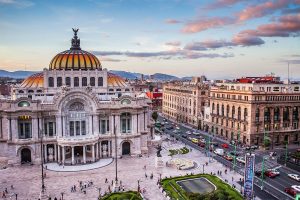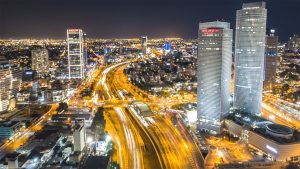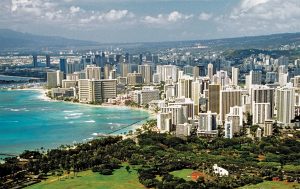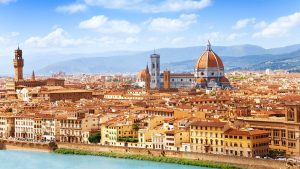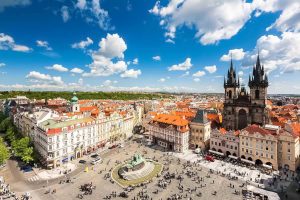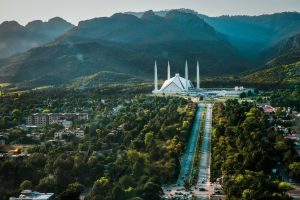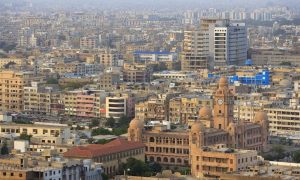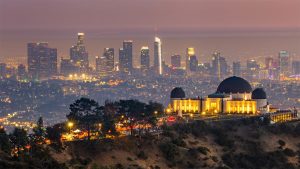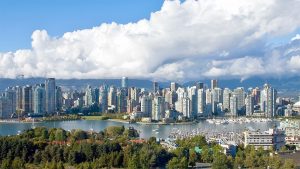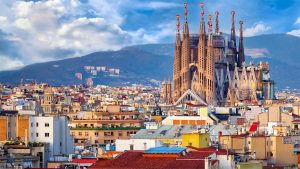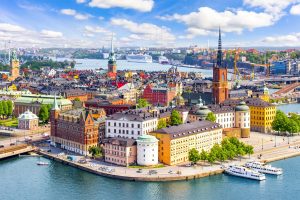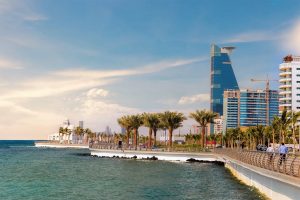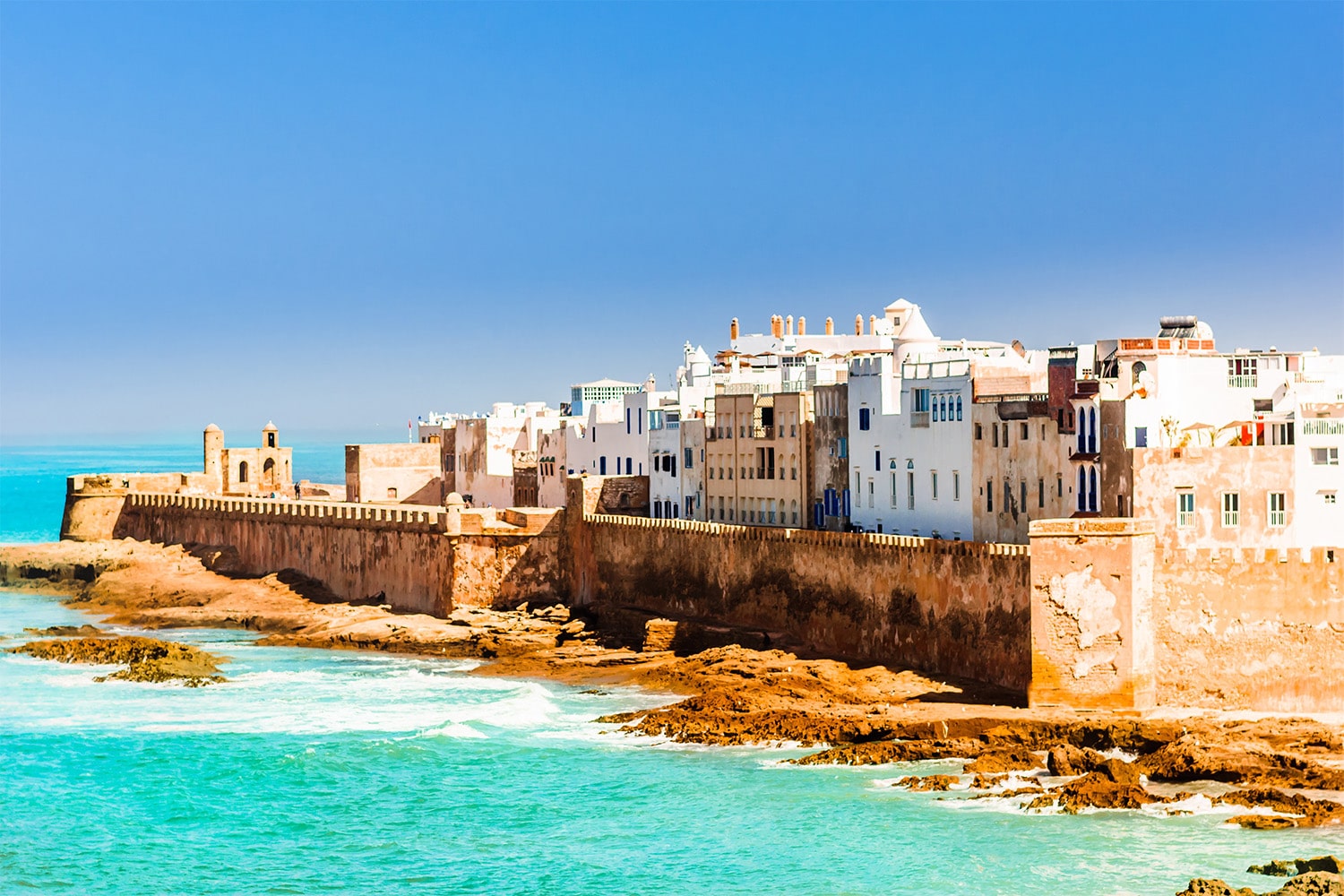
30 interesting facts about Morocco
- 👁️ 1297
Morocco, a country located at the crossroads of Africa and Europe, is a land steeped in rich history, diverse cultures, and stunning landscapes. From the bustling medinas of its ancient cities to the serene beauty of the Sahara Desert, Morocco offers a tapestry of experiences that captivate travelers from around the world. Its unique blend of Arab, Berber, African, and European influences has created a vibrant culture that is reflected in its architecture, cuisine, music, and traditions. As we explore the kingdom of Morocco, let’s delve into some interesting and informative facts that highlight the country’s heritage, natural wonders, and the warmth of its people.
- Morocco is the only African country with both Atlantic and Mediterranean coastlines.
- The official languages are Arabic and Berber, the latter having been recognized in the Moroccan constitution in 2011.
- Morocco’s Marrakesh Medina, a UNESCO World Heritage site, is one of the busiest cities in Africa, famous for its historical architecture and vibrant souks.
- The Atlas Mountains stretch across Morocco, Algeria, and Tunisia, with Toubkal being the highest peak in Morocco at 4,167 meters (13,671 feet).
- Morocco was the first country to recognize the United States as an independent nation in 1777.
- The Moroccan city of Fes is home to the University of Al Quaraouiyine, established in 859 AD and considered the oldest continuously operating university in the world.
- The Moroccan national dish is couscous, typically served with meat and vegetables.
- The Sahara Desert, one of the world’s largest deserts, covers a significant portion of southeastern Morocco.
- The traditional Moroccan mint tea, a symbol of hospitality, is made from green tea, fresh mint leaves, and sugar.
- Morocco is a constitutional monarchy, with King Mohammed VI reigning since 1999.
- The blue city of Chefchaouen is known for its buildings painted in various shades of blue, believed to symbolize the sky and heaven.
- Argan oil, used worldwide for its cosmetic benefits, is produced from the nuts of the Argan tree, which grows almost exclusively in Morocco.
- The annual Gnaoua World Music Festival in Essaouira celebrates the Gnaoua music tradition, rooted in African, Berber, and Arabic religious songs and rhythms.
- The Casablanca Stock Exchange, established in 1929, is one of the oldest and largest stock exchanges in Africa.
- Morocco’s film industry is centered in Ouarzazate, known as “the Hollywood of Africa,” where films like “Lawrence of Arabia” and “Gladiator” were shot.
- The Hassan II Mosque in Casablanca, completed in 1993, has the world’s tallest minaret at 210 meters (689 feet).
- The traditional Moroccan dress for women is called a kaftan, which is often worn during special occasions and celebrations.
- Jbel Toubkal National Park, established in 1942, is Morocco’s first national park, offering trekking routes to Mount Toubkal.
- The ancient Roman ruins of Volubilis, near Meknes, are recognized as a UNESCO World Heritage site for their well-preserved mosaics and structures.
- Tagines, slow-cooked savory stews, are named after the conical clay pot in which they are cooked.
- The Rif Mountains are known for their cannabis plantations, with the town of Ketama being a major center for production.
- The annual Rose Festival in El Kelaa M’Gouna celebrates the harvest of roses used for rose water and perfumes.
- In 2026, Morocco will be one of the host countries for the FIFA World Cup, marking the first time the tournament is held in multiple countries.
- The Mausoleum of Mohammed V in Rabat houses the tombs of the Moroccan king and his two sons, King Hassan II and Prince Abdallah.
- Morocco’s flag features a green pentagram, or five-pointed star, on a red background, symbolizing the link between God and the nation.
- Traditional Moroccan architecture features intricate tilework known as zellige, carved wood, and plasterwork.
- The Berber New Year, or “Yennayer,” is celebrated in January as an official public holiday.
- The High Atlas mountain range is home to the indigenous Amazigh (Berber) people, with a rich culture that predates Arab influence.
- The Bab Mansour gate in Meknes is one of Morocco’s most famous landmarks, adorned with beautiful tilework and inscriptions.
- Leather tanning and dyeing in the city of Fes take place in traditional tanneries using methods that have been passed down for centuries.
Morocco is a country that mesmerizes visitors with its rich history, diverse landscapes, and vibrant culture. From the ancient medinas and Roman ruins to the vast Sahara and rugged mountains, Morocco offers an array of experiences that reflect the spirit of its people and the beauty of its natural surroundings. As a meeting point of civilizations, Morocco continues to enchant with its traditions, architecture, and the warm hospitality of its inhabitants. Through understanding its past and exploring its present, we gain a deeper appreciation for this captivating North African kingdom.
